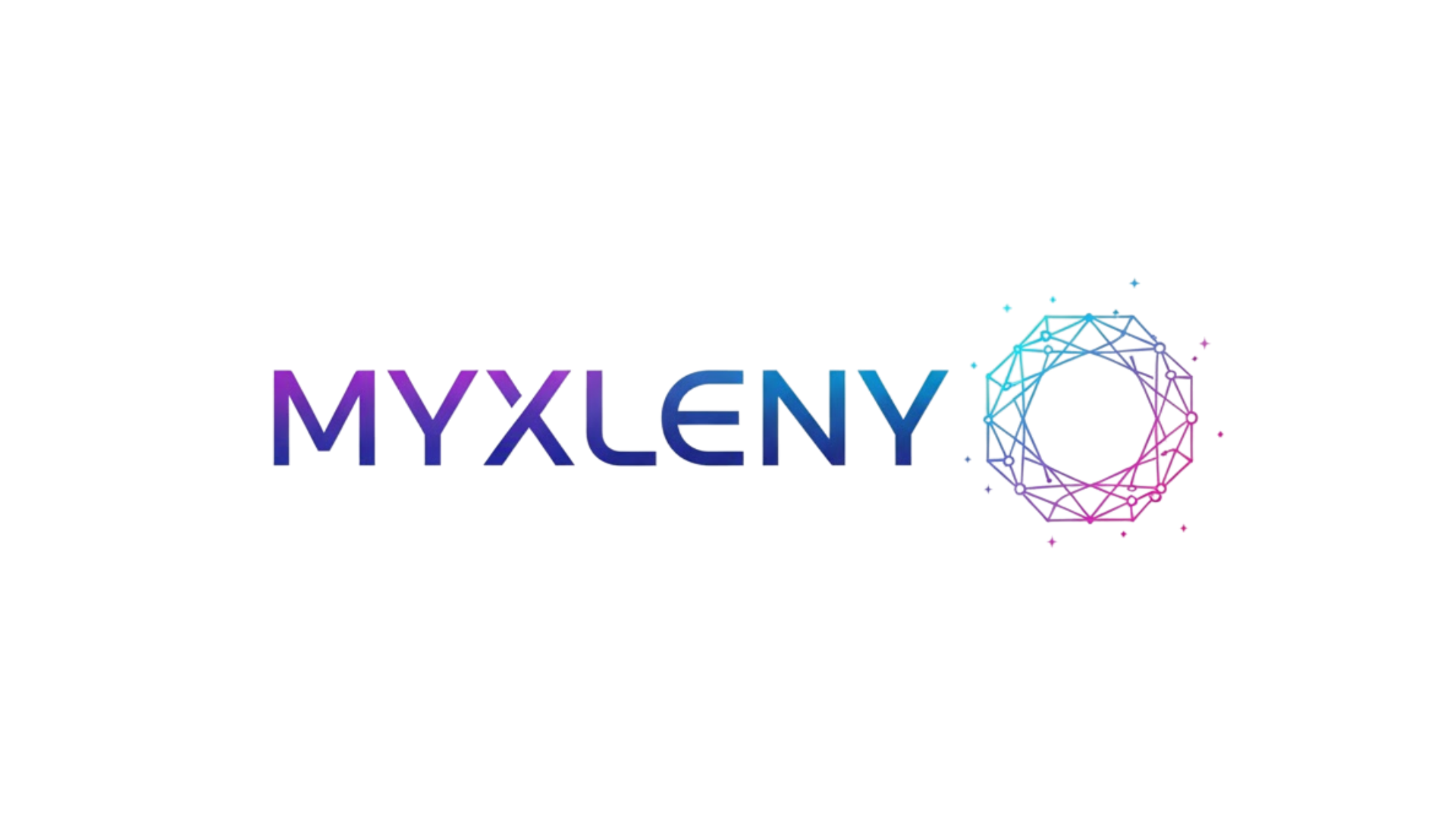Meetings consume valuable time, but AI-powered assistants are revolutionizing how we conduct, record, and follow up on collaborative sessions, boosting productivity dramatically.
🚀 The Meeting Productivity Crisis in Modern Workplaces
The average professional spends approximately 23 hours per week in meetings, with nearly half of that time considered unproductive. Organizations worldwide lose billions annually to inefficient meetings that lack clear agendas, actionable outcomes, and proper documentation. This productivity drain has become one of the most persistent challenges in contemporary work environments.
Traditional meeting workflows burden participants with manual note-taking, distract from active participation, and frequently result in forgotten action items. When team members focus on transcribing discussions rather than contributing meaningfully, the collaborative potential diminishes significantly. Furthermore, inconsistent documentation creates communication gaps that ripple through entire organizations.
AI-powered meeting assistants have emerged as transformative tools that address these fundamental challenges. These intelligent systems leverage natural language processing, machine learning, and automation to capture, analyze, and organize meeting content with minimal human intervention. The result is a dramatic shift in how teams collaborate and execute decisions.
Understanding AI Meeting Assistant Technology
AI meeting assistants function as sophisticated digital participants that join virtual meetings, record conversations, and generate comprehensive documentation automatically. Unlike simple recording devices, these platforms employ advanced algorithms to distinguish speakers, identify key discussion points, and extract actionable insights from unstructured conversations.
The technology operates through multiple integrated components. Speech recognition engines convert audio into text with remarkable accuracy, often exceeding 95% in optimal conditions. Natural language understanding systems then analyze this text to identify topics, sentiment, questions, decisions, and assigned tasks. Machine learning models continuously improve performance by learning from usage patterns and corrections.
Modern AI assistants integrate seamlessly with popular video conferencing platforms like Zoom, Microsoft Teams, Google Meet, and others. This compatibility ensures minimal disruption to established workflows while maximizing the value extracted from each meeting. Cloud-based processing enables real-time transcription and analysis, with results available immediately after meetings conclude.
⏱️ Time-Saving Benefits That Transform Workflows
The primary value proposition of AI meeting assistants centers on dramatic time savings across multiple dimensions. Professionals who previously spent 30-45 minutes after each meeting organizing notes and distributing action items can now complete these tasks in minutes or automate them entirely.
Automatic transcription eliminates the need for dedicated note-takers, allowing all participants to engage fully in discussions. This democratization of participation frequently leads to more dynamic conversations and better outcomes. Team members no longer face the dilemma of listening attentively versus documenting accurately.
Search functionality within transcripts enables instant retrieval of specific information without reviewing hours of recordings. When someone asks “What did we decide about the marketing budget last month?” AI assistants provide precise answers with timestamps and context within seconds. This capability transforms institutional memory from fragmented personal notes into centralized, searchable knowledge bases.
Meeting preparation becomes more efficient when AI assistants analyze previous discussions and suggest relevant context or unresolved items. This continuity ensures meetings pick up where previous sessions ended rather than rehashing settled matters. The cumulative time savings across an organization can easily reach thousands of hours annually.
Enhancing Meeting Quality and Outcomes
Beyond time efficiency, AI assistants fundamentally improve meeting quality through objective analysis and structured documentation. These systems identify patterns that human participants might miss, such as dominant speakers monopolizing discussions or important questions going unanswered.
Analytics dashboards provide insights into meeting dynamics, including speaking time distribution, interruption frequency, and sentiment trends. Leaders can use this data to facilitate more balanced participation and identify potential team issues before they escalate. When one person consistently dominates conversations while others remain silent, intervention becomes possible.
Action item tracking ensures accountability by automatically identifying tasks, assigning owners, and monitoring completion status. Instead of tasks getting lost in email threads or forgotten entirely, they become visible commitments tracked systematically. This transparency dramatically improves execution rates on meeting decisions.
Sentiment analysis helps teams understand emotional undercurrents that influence collaboration. If frustration or disengagement appears consistently in discussions about specific topics, leaders gain early warning signals to address underlying concerns. This emotional intelligence component adds a dimension that traditional meeting management lacks.
📊 Key Features That Deliver Maximum Value
The most effective AI meeting assistants incorporate several essential capabilities that distinguish them from simple recording tools:
- Multi-speaker identification: Accurately attributes statements to specific participants, creating clear records of who said what
- Real-time transcription: Provides live captions during meetings, supporting accessibility and comprehension
- Intelligent summarization: Generates concise meeting summaries highlighting key points, decisions, and action items
- Integration ecosystem: Connects with project management, CRM, and communication platforms to embed insights into workflows
- Custom vocabulary: Learns industry-specific terminology and company jargon for improved accuracy
- Privacy controls: Offers granular permissions and redaction capabilities for sensitive discussions
- Multi-language support: Handles conversations in various languages and provides translation capabilities
- Mobile accessibility: Enables on-the-go access to transcripts and insights through smartphone applications
These features combine to create comprehensive meeting management systems rather than isolated tools. The synergy between capabilities delivers exponentially greater value than any single function alone.
Implementation Strategies for Organizational Success
Successfully deploying AI meeting assistants requires thoughtful planning beyond simply purchasing software licenses. Organizations that achieve the highest return on investment follow strategic implementation approaches that address both technical and cultural dimensions.
Begin with pilot programs involving early adopters who recognize meeting inefficiency problems and embrace technological solutions. These champions demonstrate value to skeptical colleagues through concrete examples and measurable improvements. Starting small allows teams to refine processes before broader rollouts.
Establish clear guidelines about when AI assistants should join meetings and how recorded information will be used. Transparency about data handling builds trust and ensures compliance with privacy regulations. Some discussions may warrant exclusion from automated recording, and policies should respect these boundaries.
Provide adequate training that goes beyond basic software operation to address workflow integration. Team members need to understand how AI assistants fit into broader collaboration ecosystems and complement existing tools. Demonstrating connections between meeting insights and project execution reinforces practical value.
Monitor adoption metrics and gather feedback systematically during rollout phases. Usage patterns reveal which features deliver the most value and where additional training or customization might help. Continuous improvement based on user experience ensures the technology serves actual needs rather than theoretical benefits.
🎯 Maximizing ROI Through Strategic Application
Organizations maximize returns on AI meeting assistant investments by applying the technology strategically to situations where it delivers the greatest impact. Not all meetings benefit equally from AI assistance, and discerning deployment prevents resource waste.
Client-facing meetings gain tremendous value from AI documentation that captures requirements, commitments, and context accurately. When disputes arise about what was promised or decided, objective transcripts provide definitive records that protect relationships and business interests. Sales teams particularly benefit from analyzing successful pitches to replicate winning approaches.
Cross-functional project meetings involving multiple departments create complex information flows that AI assistants manage exceptionally well. Tracking dependencies, decisions, and action items across diverse stakeholders becomes manageable when centralized systems maintain comprehensive records. Project managers report significant reductions in coordination overhead.
Onboarding and training sessions benefit from AI-generated documentation that new employees can reference repeatedly. Instead of overwhelming newcomers with information overload during live sessions, they can review transcripts at their own pace and search for specific topics as needed. This approach accelerates competency development and reduces training cycles.
Board meetings and strategic planning sessions produce decisions with long-term implications that warrant meticulous documentation. AI assistants ensure nothing gets lost between quarterly meetings and provide historical context for evaluating progress against objectives. The institutional memory function proves invaluable for governance and continuity.
Overcoming Common Implementation Challenges
Despite substantial benefits, organizations frequently encounter obstacles when implementing AI meeting assistants. Anticipating these challenges and developing mitigation strategies increases success probabilities significantly.
Privacy concerns represent the most common barrier, particularly in industries handling sensitive information. Address these worries through comprehensive security audits, compliance certifications, and transparent data handling policies. Demonstrating how AI assistants can actually improve compliance through better documentation often transforms skeptics into advocates.
Technology resistance from less digitally-inclined team members requires patient change management. Emphasize how AI assistants reduce rather than increase complexity by handling tedious documentation tasks. Pairing resistant individuals with enthusiastic early adopters creates peer support that formal training cannot replicate.
Audio quality issues in poor acoustic environments can undermine transcription accuracy. Invest in adequate microphone equipment for conference rooms and encourage individual participants in remote settings to use quality headsets. Most AI assistants perform remarkably well with clean audio inputs but struggle with overlapping conversations and background noise.
Integration complexity with existing technology stacks occasionally creates friction. Work closely with IT teams to ensure proper API connections, single sign-on implementation, and data flow automation. The initial setup investment pays dividends through seamless operation that encourages consistent usage.
🔮 The Future of AI-Enhanced Collaboration
The AI meeting assistant category continues evolving rapidly, with emerging capabilities promising even greater productivity gains. Understanding these trajectories helps organizations make forward-looking investment decisions and prepare for next-generation collaboration.
Predictive meeting analytics will soon suggest optimal meeting structures based on objectives and participant roles. AI systems will recommend agenda items, ideal duration, and participant lists by analyzing patterns from thousands of similar meetings. This proactive guidance will help teams avoid common pitfalls before meetings even begin.
Real-time coaching during meetings will provide subtle guidance to facilitators and presenters. Imagine receiving discrete notifications when you’ve been speaking too long, when participants seem disengaged, or when important topics remain unaddressed. This in-meeting intelligence will dramatically improve facilitation quality.
Automated follow-up execution will progress beyond identifying action items to actually initiating workflows. AI assistants will create project management tasks, schedule follow-up meetings, and send reminders without human intervention. The boundary between meeting documentation and execution will blur productively.
Advanced language models will enable conversational interaction with meeting archives. Instead of searching transcripts, users will simply ask questions like “What are our biggest concerns about the product launch?” and receive synthesized answers drawing from multiple meetings. This natural language interface will democratize access to organizational knowledge.
Measuring Success and Continuous Improvement
Quantifying the impact of AI meeting assistants validates investments and identifies optimization opportunities. Establish measurement frameworks that capture both tangible and intangible benefits across relevant dimensions.
Track time savings by comparing pre-implementation and post-implementation hours spent on meeting-related administrative tasks. Survey participants about time previously spent on note-taking, information retrieval, and action item tracking. The cumulative hours saved typically justify costs within months.
Monitor action item completion rates as a proxy for meeting effectiveness. When assignments become visible and trackable, accountability increases and execution improves. Compare completion percentages before and after AI assistant deployment to quantify this impact.
Assess meeting quality through participant satisfaction surveys and engagement metrics. Are meetings shorter, more focused, and more productive? Do participants feel their time is respected? Qualitative feedback complements quantitative metrics to provide comprehensive impact pictures.
Analyze usage patterns to identify power users and underutilizers. Understanding why some teams embrace the technology while others resist reveals opportunities for targeted support and training. High-performing teams often develop practices worth sharing organization-wide.
💡 Selecting the Right AI Meeting Assistant
The AI meeting assistant market offers numerous options with varying capabilities, pricing models, and integration ecosystems. Making informed selection decisions requires evaluating solutions against specific organizational needs and technical requirements.
Consider the video conferencing platforms your organization uses predominantly. Some AI assistants specialize in particular platforms while others offer broad compatibility. Native integrations typically deliver superior experiences compared to third-party connections.
Evaluate transcription accuracy across your typical use cases, including accents, technical vocabulary, and acoustic conditions. Request trial periods that allow testing with actual meetings rather than relying on vendor demonstrations. Accuracy differences of even a few percentage points significantly impact practical usability.
Assess the quality of automated summaries and action item extraction. These higher-level features vary considerably between vendors and determine whether you save significant time or simply gain searchable transcripts. The best systems understand context well enough to distinguish action items from casual mentions.
Review integration capabilities with your existing software ecosystem. Can meeting insights flow automatically into your project management system, CRM, or knowledge base? Seamless integration determines whether AI assistants become central workflow components or isolated tools.
Consider pricing models and scalability. Some vendors charge per user while others bill based on meeting hours or features accessed. Calculate total cost of ownership across realistic usage scenarios to avoid budget surprises as adoption grows.

Transforming Meetings from Necessary Evils to Productivity Engines
AI-powered meeting assistants represent far more than incremental improvements to existing practices. They fundamentally reimagine what meetings can accomplish when administrative burdens disappear and intelligent analysis augments human collaboration.
Organizations that embrace these tools strategically gain competitive advantages through faster execution, better alignment, and institutional memory that persists beyond individual employees. The productivity gains compound over time as teams develop practices that leverage AI capabilities fully.
The technology continues maturing rapidly, with capabilities once considered futuristic becoming standard features. Early adopters who integrate AI meeting assistants into core workflows position themselves to capitalize on emerging innovations seamlessly.
Success requires more than software deployment—it demands cultural adaptation that values documentation, transparency, and data-driven improvement. Organizations that combine technological capability with supportive practices unlock the full potential of AI-enhanced collaboration.
The meeting productivity crisis that has plagued organizations for decades finally has a comprehensive solution. AI-powered assistants don’t just make bad meetings slightly better; they enable fundamentally different approaches that respect time, capture knowledge, and drive execution. The question is no longer whether to adopt this technology, but how quickly organizations can integrate it to remain competitive in an increasingly efficient business landscape.
Toni Santos is a future-of-work researcher and social innovation writer exploring how technology, culture, and global mobility are redefining what it means to work and thrive in the 21st century. Through his studies on automation, digital nomadism, and workforce transformation, Toni examines the balance between progress, adaptability, and human purpose in a rapidly changing world. Passionate about remote collaboration systems and digital inclusion, Toni focuses on how emerging tools and global connectivity empower individuals to build meaningful, flexible, and resilient careers. His work highlights how automation and new work models can coexist with creativity, empathy, and social value. Blending sociology, economics, and digital strategy, Toni writes about the human side of innovation — helping readers understand not only where work is heading, but how to align with its transformation responsibly and purposefully. His work is a tribute to: The evolving relationship between automation and human employment The rise of global, location-independent lifestyles The power of resilience and adaptability in the modern workforce Whether you are a freelancer, remote leader, or curious observer of the new economy, Toni Santos invites you to explore the future of work — one idea, one connection, one transformation at a time.




